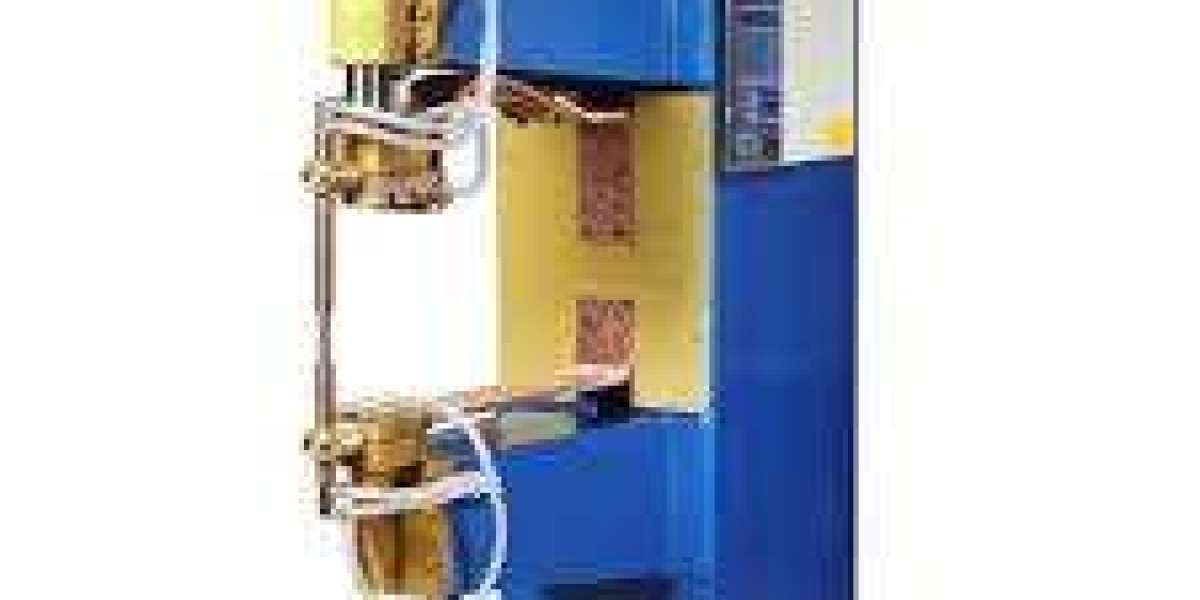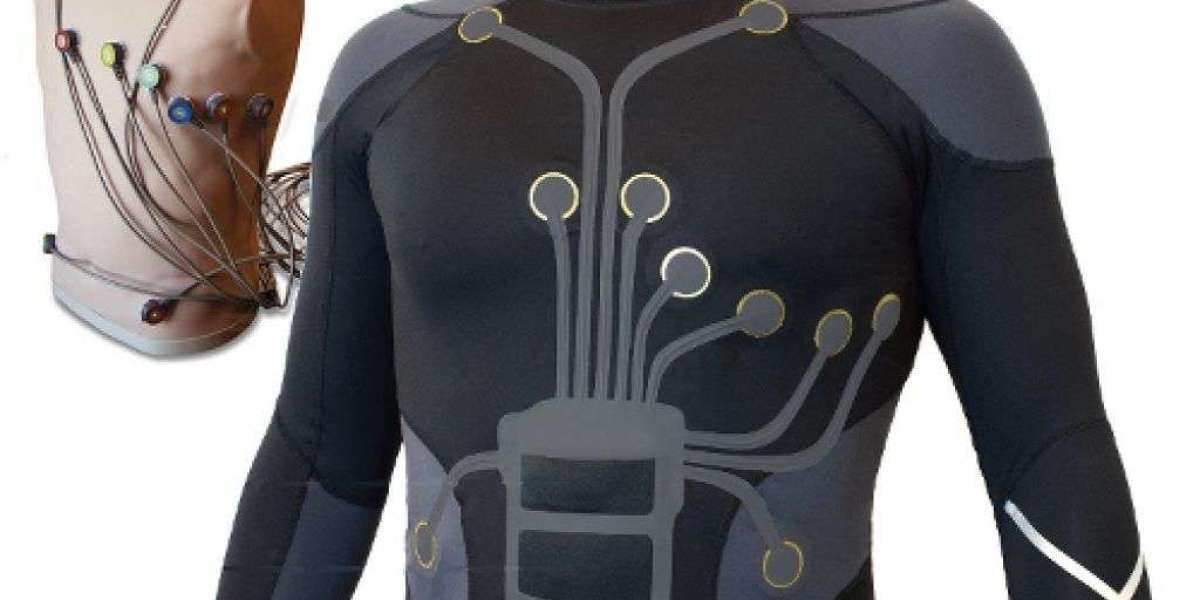In the world of metal fabrication and manufacturing, joining components with precision, speed, and consistency is essential. One technology that has shaped the future of industrial bonding is the projection welder. This advanced welding process provides reliable joining solutions in industries ranging from automotive to electronics, making it a vital asset in high-volume production environments. Unlike traditional welding methods, projection welding focuses on accuracy, control, and repeatability, ensuring strong bonds with minimal distortion.
This article explores the depth of projection welding—its working principle, applications, materials, and industrial impact—highlighting why it remains a cornerstone of modern manufacturing.
Understanding the Projection Welder
A projection welder is a specialized resistance welding machine designed to join metal components by applying heat and pressure at precise points. The process involves small raised sections, known as “projections,” that concentrate the welding current and pressure at specific locations. When electrical current passes through these projections, they heat rapidly and collapse, forming a strong weld nugget between the two surfaces.
The welder’s precision lies in its ability to control the flow of current, pressure, and time, allowing for repeatable results. This makes it ideal for welding fasteners, nuts, bolts, or other attachments onto metal sheets with accuracy and efficiency.
The Working Principle of a Projection Welder
The operation of a projection welder is based on the resistance welding principle, where heat is generated by the electrical resistance between metal surfaces. However, what makes projection welding unique is the presence of raised points that localize the heat and pressure.
Preparation of Materials: The metal workpieces are cleaned and positioned, with one or both surfaces containing projections.
Clamping and Pressure Application: The electrodes clamp the materials together under a defined force.
Current Flow: A strong electric current passes through the projections, causing localized heating.
Fusion and Solidification: The projections melt and collapse, forming a solid metallurgical bond.
Cooling: The weld cools under pressure, resulting in a durable and clean joint.
The process is typically controlled by automated systems that ensure consistent performance across multiple welds in a production line.
Types of Projection Welders
Projection welders can vary based on their configuration and industrial application. Some of the most common types include:
Spot-Type Projection Welders: Designed for small components and thin sheets where precision is crucial.
Multi-Projection Welders: Used when multiple projections need to be welded simultaneously, improving production efficiency.
Nut and Bolt Welders: Tailored for automotive and industrial applications where threaded fasteners are joined to metal plates.
Automation-Integrated Welders: Combined with robotic systems for large-scale production and consistent operation.
Each type serves a specific purpose, ensuring flexibility in manufacturing processes across various sectors.
Materials Used in Projection Welding
Projection welding works best with ferrous and non-ferrous metals that have good electrical conductivity. Common materials include:
Low-carbon steel
Stainless steel
Nickel alloys
Copper and brass
Aluminum (with proper control and setup)
The key is selecting materials that allow proper current flow and mechanical bonding without contamination or excessive heat dissipation.
Industrial Applications of Projection Welding
The projection welder is a cornerstone tool in numerous industries. Its versatility, repeatability, and strength make it suitable for large-scale manufacturing and specialized fabrication alike. Some major applications include:
1. Automotive Industry
Projection welding plays a crucial role in assembling car bodies, attaching nuts and bolts, and securing reinforcement plates. Components like seat frames, brackets, and exhaust parts are often welded using projection techniques for uniform strength.
2. Electrical and Electronic Components
In electrical manufacturing, projection welders are used to create precise, low-resistance joints in switches, relays, connectors, and terminals. The accuracy ensures reliable conductivity and longevity in critical devices.
3. Construction and Infrastructure
Metal framework, fasteners, and fixtures in buildings and bridges often require strong, corrosion-resistant bonds. Projection welding offers consistent results even in large structural components.
4. Household and Consumer Goods
From kitchen appliances to HVAC systems, many consumer products rely on projection-welded joints for both function and aesthetic appeal.
5. Aerospace and Defense
Precision welding is vital in the aerospace sector. Projection welders are used for creating joints that withstand vibration, temperature variation, and stress under extreme conditions.
How Projection Welding Differs from Spot Welding
While both projection and spot welding rely on the resistance welding principle, they differ in execution and purpose. Spot welding joins flat surfaces at a single point, while projection welding uses raised points or stamped projections to control the welding area. This results in improved current concentration, less deformation, and the ability to weld multiple points simultaneously.
The projection welder thus offers greater flexibility and structural integrity, making it the preferred choice for complex assemblies.
The Role of Automation in Projection Welding
Modern projection welders often integrate automation and robotics to achieve faster production and higher accuracy. Automated systems can handle repetitive tasks with precision, ensuring consistent weld quality while reducing labor costs and errors.
In manufacturing facilities, robotic arms equipped with projection welding heads can complete hundreds of welds per hour, enhancing both productivity and safety. Advanced monitoring systems track current flow, pressure, and timing to maintain uniform results across the production line.
Maintenance and Longevity of a Projection Welder
Regular maintenance ensures the long-term reliability of projection welding equipment. Key steps include:
Periodic inspection of electrodes and their alignment.
Cleaning contact surfaces to prevent contamination.
Monitoring current levels and calibration settings.
Checking water-cooling systems for proper operation.
Well-maintained projection welders can operate efficiently for years, delivering high-quality joints with minimal downtime.
Economic and Environmental Considerations
Projection welding supports sustainable manufacturing by minimizing material waste and reducing the need for filler materials. Since it doesn’t require flux or external gas, it also generates fewer emissions. The process is energy-efficient, especially in high-volume production, contributing to both economic and environmental goals in modern industry.
Final Thoughts
The projection welder stands as a symbol of precision, power, and reliability in the industrial landscape. Its ability to create consistent, durable joints has transformed the way manufacturers design and produce metal components. Whether in automobiles, electrical equipment, or heavy machinery, projection welding delivers unmatched control and quality.
With continuous technological progress and automation, this welding method remains a driving force in efficient, high-performance manufacturing—paving the way for stronger, smarter, and more sustainable industrial solutions.



